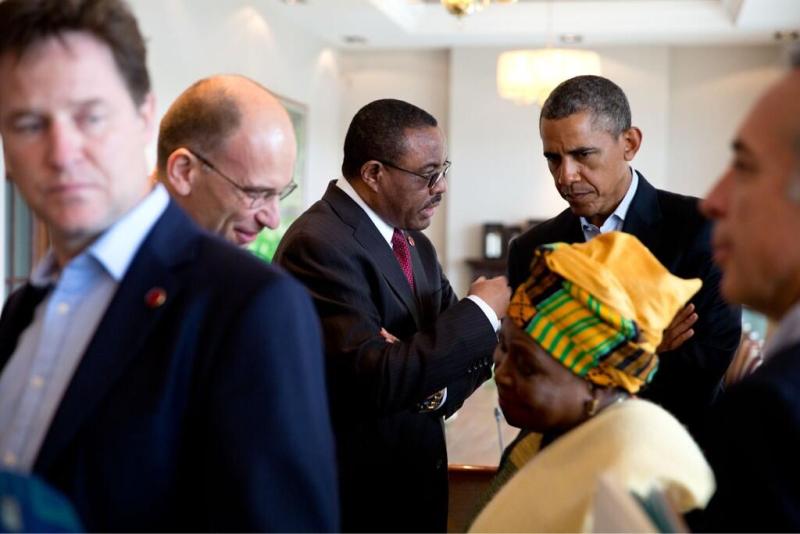Addis Ababa (HAN) May 8, 2014. Ethiopia has received a $380 million World Bank loan to help improve the capacity of its urban councils through expansion of infrastructure and services.
The board of the Bretton Woods institution approved the loan last Friday to bankroll Ethiopia’s second Urban Development Program (ULGDP II) that will support 44 cities, including Jigjiga, Dire Dawa, Addis Ababa and Harar. “In 2000, 11 percent of Ethiopia’s poor lived in cities, but this rose to 14 percent in 2010/11,” said Guang Zhe Chen, the World Bank’s country director for Ethiopia, in a statement released on Tuesday.
Ethiopia is rapidly becoming more urban, which means poverty becomes more of a city phenomenon.
“Through efforts to leverage well-functioning and productive urban centers, the operation is expected to maintain a focus on the urban poor and increase access to basic infrastructure services, spur inclusive growth and fuel job creation,” he added.
Exclusive interview with Ethiopian ambassador Sayum Mesfin told CCTV News
The ULGDP aims to address institutional and fiscal gaps at the urban local government level by supporting improved performance in the planning, delivery, and sustained provision of urban services and infrastructure by local governments.
Phase two of the programme also aims to enhance the institutional performance of participating urban local governments in developing and sustaining urban infrastructure and services.
“The ULGDP II will consolidate and expand the achievements of the first phase by providing grants to urban local governments based on their performance across a range of areas,” said Abebaw Alemayehu, the World Bank’s task team leader for the programme.
The programme’s funds are disbursed on the basis of the performance of the participating local governments and are earmarked for investment in the area of urban infrastructure and services.
World Bank officials said the success of the first phase had that it would be useful to Ethiopia’s urban population.
As of July 2013, around 2.6 million people benefited from the infrastructure and services financed under ULGDP.
About 670 kilometers of road network and 588 kilometers of the drainage system, 171 latrines and 110 community water points were constructed during the period.
At least 29,000 people were given access to improved water sources. Sources Gelila Woodeneh
Improved water sources. As a result of the roads built by program funds, particularly cobblestone, mobility for residents has increased, flooding has diminished, property values and small enterprises have increased. These changes are transforming city and town centers into lively and welcoming places in which to live and work.
Contacts: In Washington: Aby K. Toure, (202) 473-8302, akonate@worldbank.org In Addis: Gelila Woodeneh, 251-16 627700, gwoodeneh@worldbank.og To see more of the World Bank Group’s development work in Ethiopia, please visit www.worldbank.org/ethiopiaThe latest updates Follow twitter.com/GeskaAfrika
Geeska Afrika Online (1985 -2014) – The International Gateway news and views about the Horn of Africa (Ethiopia, Eritrea, Somalia, Somaliland, Sudan, South Sudan, Djibouti, Kenya and Uganda), the best IGAD news and information Online Site for the last 20 Years.
–
HAN & Geeska Afrika Online (1985-2014), the oldest free independent Free Press in the region, brings together top journalists from across the Horn of Africa. Including Ethiopia, Somalia, Eritrea, Sudan, Djibouti, South Sudan, Uganda, Kenya, Oromo, Amhara, Somali, Afar and Harari. Plus, we have daily translations from 150 major news organizations in the Middle East and East African regions. Contact at news@geeskaafrika.com

Leave a Reply